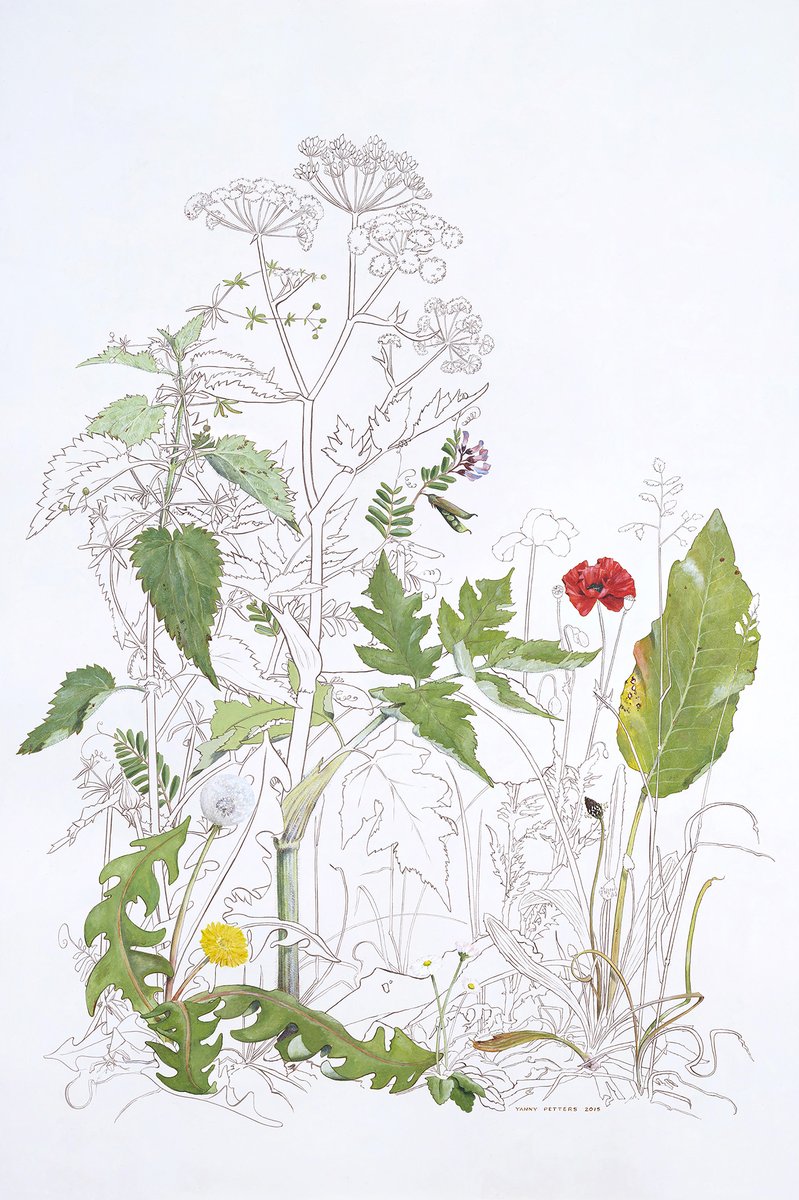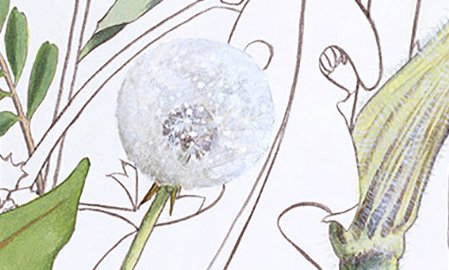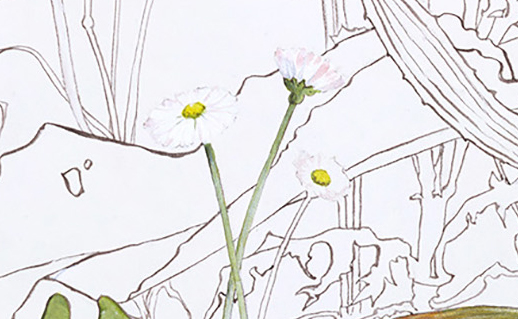With Easter approaching, we& #39;re going to explore some & #39;Easter Eggs& #39; in our collection today - secrets revealed by looking closely  https://abs.twimg.com/emoji/v2/... draggable="false" alt="🔎" title="Nach rechts zeigende Lupe" aria-label="Emoji: Nach rechts zeigende Lupe"> or uncovered by conservation work, clues planted by the artist to give extra meaning, and even artists hiding in plain sight!
https://abs.twimg.com/emoji/v2/... draggable="false" alt="🔎" title="Nach rechts zeigende Lupe" aria-label="Emoji: Nach rechts zeigende Lupe"> or uncovered by conservation work, clues planted by the artist to give extra meaning, and even artists hiding in plain sight!
First, let& #39;s take a look at Gabriel Metsu& #39;s Woman Reading a Letter (1664-66) which the Dutch artist has filled with hidden signs and details.
When looked at in connection with its companion painting (both works were gifted to the Gallery by Sir Alfred and Lady Beit in 1987) we can assume that the woman is reading a love letter from this man, and trying to hide from her maid by turning it away from her.
Metsu has added a clue to show us that the maid is well aware of who the letter is from though, and has a warning for the lovers - she pulls back a curtain to show a painting of a ship on choppy waters, a reference to the then common saying that love is like a rough sea.  https://abs.twimg.com/emoji/v2/... draggable="false" alt="🌊" title="Wasserwelle" aria-label="Emoji: Wasserwelle">
https://abs.twimg.com/emoji/v2/... draggable="false" alt="🌊" title="Wasserwelle" aria-label="Emoji: Wasserwelle"> https://abs.twimg.com/emoji/v2/... draggable="false" alt="💔" title="Gebrochenes Herz" aria-label="Emoji: Gebrochenes Herz">
https://abs.twimg.com/emoji/v2/... draggable="false" alt="💔" title="Gebrochenes Herz" aria-label="Emoji: Gebrochenes Herz">
Metsu leaves us another clue to suggest that the letter is from a lover by including an abandoned shoe in the painting, a symbol which often had erotic connotations.
There are lots of other interesting details to take in. Looking closely, we see that the woman& #39;s jacket was originally red, not yellow. Metsu made the change knowing yellow jackets were one of Vermeer& #39;s trademarks, and this was a way of elevating himself to Vermeer’s standard! https://abs.twimg.com/emoji/v2/... draggable="false" alt="🧑🎨" title="Künstler" aria-label="Emoji: Künstler">
https://abs.twimg.com/emoji/v2/... draggable="false" alt="🧑🎨" title="Künstler" aria-label="Emoji: Künstler">
Another little & #39;Easter Egg& #39; Metsu includes is the letter the maid is holding, which is addressed to & #39;Mr/Metsu/tot Amst[erdam]/ Port& #39;. The letter isn& #39;t part of the narrative of the painting, it& #39;s just Metsu& #39;s crafty way of signing his work! https://abs.twimg.com/emoji/v2/... draggable="false" alt="🖌️" title="Farbpinsel unten links" aria-label="Emoji: Farbpinsel unten links">
https://abs.twimg.com/emoji/v2/... draggable="false" alt="🖌️" title="Farbpinsel unten links" aria-label="Emoji: Farbpinsel unten links">
As we mentioned Vermeer earlier, we should look at one of the mysterious details in his painting, Woman Writing a Letter, with her Maid (c.1670) , which was also gifted to the Gallery by Sir Alfred and Lady Beit in 1987.
Vermeer left far fewer clues in his work than Metsu, but the ones he did leave are intriguing because they are so open to discussion and interpretation. Take for example the painting he includes in the background, which depicts the biblical story of the finding of Moses.
In 17th c. Holland, this story was often used as an example of female virtue, so is this what Vermeer is trying to convey?
In this video, our former Curator of Northern European Art (and former Head Curator) Dr Adriaan Waiboer looks a bit closer. https://youtu.be/SdQir0WUlj4 ">https://youtu.be/SdQir0WUl...
In this video, our former Curator of Northern European Art (and former Head Curator) Dr Adriaan Waiboer looks a bit closer. https://youtu.be/SdQir0WUlj4 ">https://youtu.be/SdQir0WUl...
Next, a secret revealed during conservation, in Orazio Borgianni& #39;s Saint John the Baptist in the Wilderness.
Like many contemporaries, Borgianni was inspired by Caravaggio. We see it in his naturalistic portrayal of Saint John, and in the theatrical contrast of light and shade.
Like many contemporaries, Borgianni was inspired by Caravaggio. We see it in his naturalistic portrayal of Saint John, and in the theatrical contrast of light and shade.
During conservation work, these changes to the central figure came to light; before Caravaggio, Saint John the Baptist was more commonly depicted as an infant child or an older bearded man, so Borgianni& #39;s change seems to have been a direct response to this new trend!
Speaking of Caravaggio, we& #39;ll be looking more closely at his painting The Taking of Christ tomorrow, but it has a very well-known #EasterEgg we wanted to share with you now.
 https://abs.twimg.com/emoji/v2/... draggable="false" alt="👀" title="Augen" aria-label="Emoji: Augen">See how Caravaggio has included himself as an observer, a device he often used in his paintings!
https://abs.twimg.com/emoji/v2/... draggable="false" alt="👀" title="Augen" aria-label="Emoji: Augen">See how Caravaggio has included himself as an observer, a device he often used in his paintings!
Artists often include themselves in their own works, and there& #39;s another very good example of it in this painting of Donnybrook Fair (1859) by Erskine Nicol, which is on loan to the National Gallery of Ireland from @Tate.
Nicol is clearly identifiable in the crowd at the centre of the painting, walking with his wife Janet and another well-dressed couple. He included himself as a way of declaring his status as gentleman observer and to demonstrate his familiarity with this subject in particular.
Some artists find more novel ways to include themselves in their paintings - can you spot the artist, Charles Jervas, in this portrait of Elizabeth, Marchioness of Bridgewater?
Here he is, inserted as a carved figure on the instrument in the portrait (which is called a clavicytherium), and gazing at the Marchioness. When compared to this portrait of the artist in @NPGLondon we can be fairly sure it& #39;s Jervas!
https://www.npg.org.uk/collections/search/portrait/mw42339/Charles-Jervas">https://www.npg.org.uk/collectio...
https://www.npg.org.uk/collections/search/portrait/mw42339/Charles-Jervas">https://www.npg.org.uk/collectio...
Next, a very quick guide to recognising your saints [in art].
Artists often include clues as a shorthand to identify different saints - can you tell which saints these are by the symbols or attributes the artists have included?
Artists often include clues as a shorthand to identify different saints - can you tell which saints these are by the symbols or attributes the artists have included?
First up, Saint Lucy, who is often pictured with her own eyeballs on a platter, which she is said to have plucked out herself to avoid temptation.
This painting on a wood panel is by Marco Palmezzano and dates to 1513.
http://onlinecollection.nationalgallery.ie/objects/1937/the-virgin-and-child-enthroned-with-saints-john-the-baptist">https://onlinecollection.nationalgallery.ie/objects/1...
This painting on a wood panel is by Marco Palmezzano and dates to 1513.
http://onlinecollection.nationalgallery.ie/objects/1937/the-virgin-and-child-enthroned-with-saints-john-the-baptist">https://onlinecollection.nationalgallery.ie/objects/1...
(As an aside, one of our curators once pointed out the uncanny similarity between Lucy& #39;s eyes on the platter in this painting to the Cookie Monster - once seen it cannot be unseen!)
Next, Saint Stephen appears here in Jacques Yverni& #39;s The Annunciation (c.1345).
Saint Stephen was the first martyr - he holds the palm of martyrdom in his left hand, and on his bloodied head rests a stone, which shows us the method of his martyrdom.
http://onlinecollection.nationalgallery.ie/objects/3246/the-annunciation">https://onlinecollection.nationalgallery.ie/objects/3...
Saint Stephen was the first martyr - he holds the palm of martyrdom in his left hand, and on his bloodied head rests a stone, which shows us the method of his martyrdom.
http://onlinecollection.nationalgallery.ie/objects/3246/the-annunciation">https://onlinecollection.nationalgallery.ie/objects/3...
If you guessed Saint Cecilia for this one, take a bow! She& #39;s the patron saint of music and musicians, so if you spot a saint in a painting with a musical instrument (and especially an organ), chances are it& #39;s Cecilia!
This painting is a 17th century Italian work after Raphael.
This painting is a 17th century Italian work after Raphael.
Finally, this incredibly muscular fellow is Saint Jerome!
Warning: he does not always appear in paintings looking as chiseled as this, so do *not* use that as an identifier! You will, however, recognise him by the inclusion of a lion, and very often a skull.
Warning: he does not always appear in paintings looking as chiseled as this, so do *not* use that as an identifier! You will, however, recognise him by the inclusion of a lion, and very often a skull.
For the sake of balance, here& #39;s a slightly less gym-honed Saint Jerome, with that tell-tale lion in the corner.  https://abs.twimg.com/emoji/v2/... draggable="false" alt="🦁" title="Löwengesicht" aria-label="Emoji: Löwengesicht">
https://abs.twimg.com/emoji/v2/... draggable="false" alt="🦁" title="Löwengesicht" aria-label="Emoji: Löwengesicht">
http://onlinecollection.nationalgallery.ie/objects/3210/saint-jerome-in-the-wilderness">https://onlinecollection.nationalgallery.ie/objects/3...
http://onlinecollection.nationalgallery.ie/objects/3210/saint-jerome-in-the-wilderness">https://onlinecollection.nationalgallery.ie/objects/3...
We& #39;re delighted to finish today& #39;s thread with a beautiful new addition to our collection by the Wicklow-based botanical portraitist Yanny Petters, called The Plants We Played With.
https://www.nationalgallery.ie/art-and-artists/highlights-collection/yanny-petters-plants-we-played">https://www.nationalgallery.ie/art-and-a...
https://www.nationalgallery.ie/art-and-artists/highlights-collection/yanny-petters-plants-we-played">https://www.nationalgallery.ie/art-and-a...
Petters says: "Memories can be sketchy, we paint them in our minds eye; we fill in the relevant aspects. The painted parts highlight the aspects of the plants that were traditionally used in childhood games. The composition helps to join the narrative for those memories."
"The Dandelion Clock is untouched - as time in memories standing still."
"The Daisy, modestly hiding amongst the other plants has lost one petal, & #39;He loves me... he loves me not& #39;. Who knows the future or the outcome of the game!"
Discover more here: https://www.nationalgallery.ie/art-and-artists/highlights-collection/yanny-petters-plants-we-played">https://www.nationalgallery.ie/art-and-a...
"The Daisy, modestly hiding amongst the other plants has lost one petal, & #39;He loves me... he loves me not& #39;. Who knows the future or the outcome of the game!"
Discover more here: https://www.nationalgallery.ie/art-and-artists/highlights-collection/yanny-petters-plants-we-played">https://www.nationalgallery.ie/art-and-a...

 Read on Twitter
Read on Twitter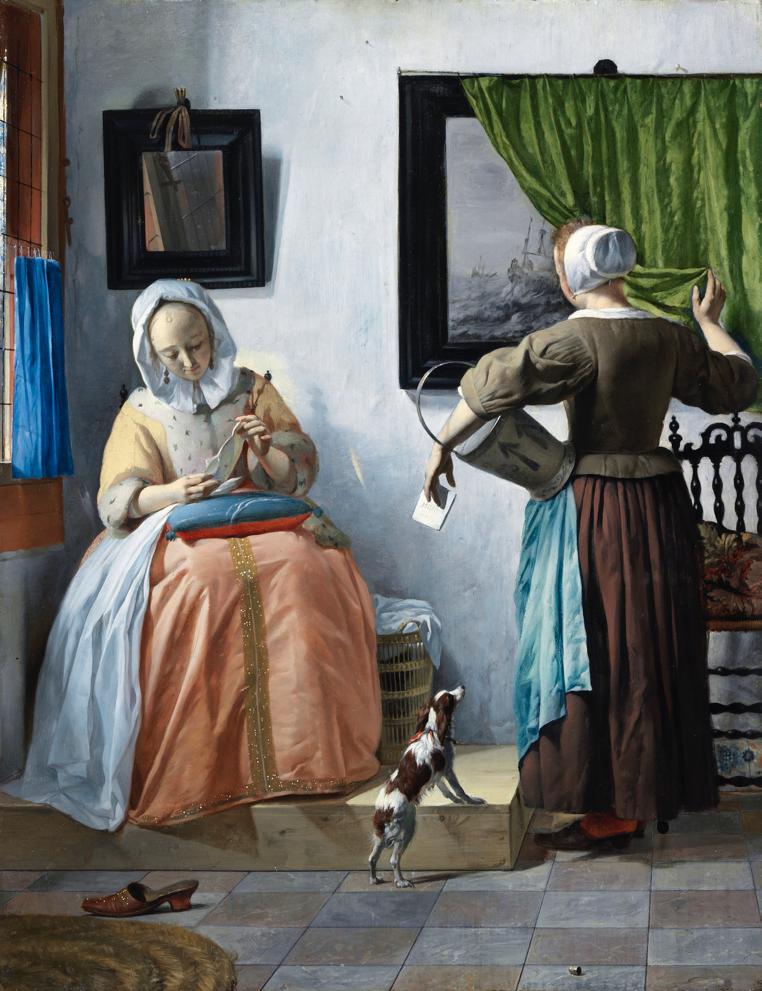
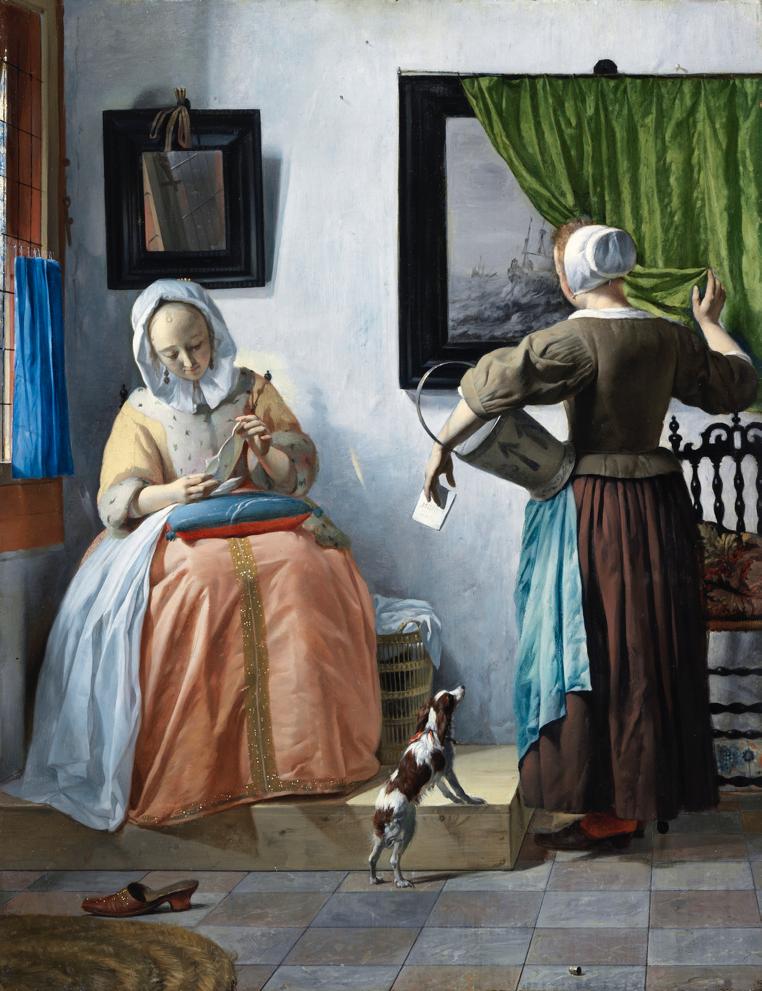
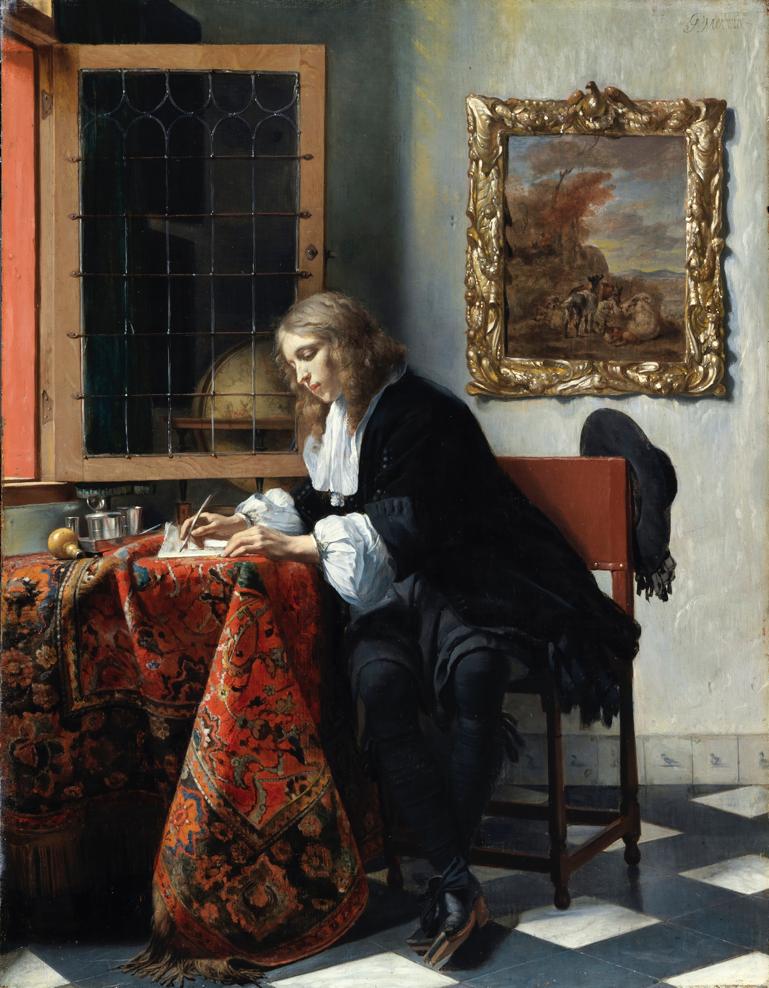
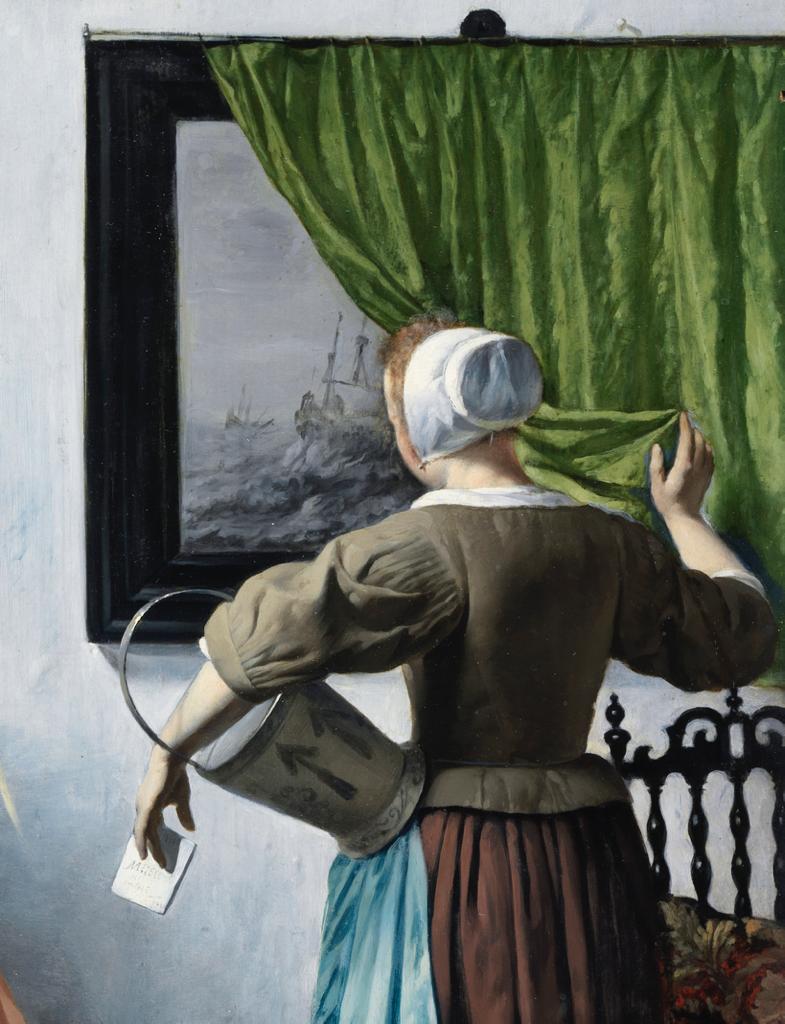 https://abs.twimg.com/emoji/v2/... draggable="false" alt="💔" title="Gebrochenes Herz" aria-label="Emoji: Gebrochenes Herz">" title="Metsu has added a clue to show us that the maid is well aware of who the letter is from though, and has a warning for the lovers - she pulls back a curtain to show a painting of a ship on choppy waters, a reference to the then common saying that love is like a rough sea. https://abs.twimg.com/emoji/v2/... draggable="false" alt="🌊" title="Wasserwelle" aria-label="Emoji: Wasserwelle">https://abs.twimg.com/emoji/v2/... draggable="false" alt="💔" title="Gebrochenes Herz" aria-label="Emoji: Gebrochenes Herz">" class="img-responsive" style="max-width:100%;"/>
https://abs.twimg.com/emoji/v2/... draggable="false" alt="💔" title="Gebrochenes Herz" aria-label="Emoji: Gebrochenes Herz">" title="Metsu has added a clue to show us that the maid is well aware of who the letter is from though, and has a warning for the lovers - she pulls back a curtain to show a painting of a ship on choppy waters, a reference to the then common saying that love is like a rough sea. https://abs.twimg.com/emoji/v2/... draggable="false" alt="🌊" title="Wasserwelle" aria-label="Emoji: Wasserwelle">https://abs.twimg.com/emoji/v2/... draggable="false" alt="💔" title="Gebrochenes Herz" aria-label="Emoji: Gebrochenes Herz">" class="img-responsive" style="max-width:100%;"/>

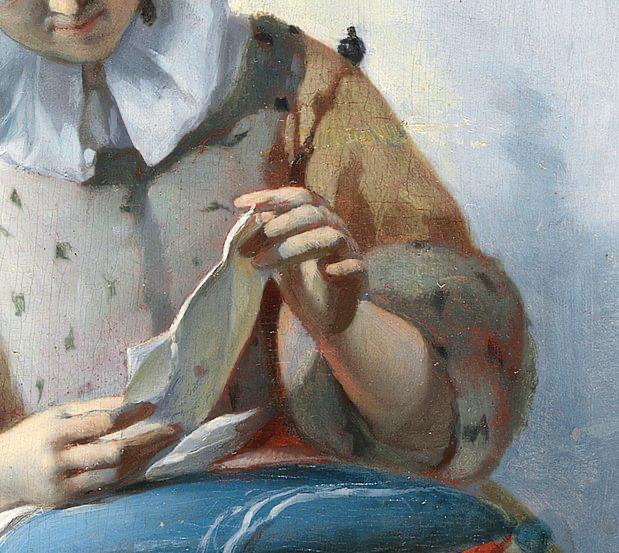 " title="There are lots of other interesting details to take in. Looking closely, we see that the woman& #39;s jacket was originally red, not yellow. Metsu made the change knowing yellow jackets were one of Vermeer& #39;s trademarks, and this was a way of elevating himself to Vermeer’s standard!https://abs.twimg.com/emoji/v2/... draggable="false" alt="🧑🎨" title="Künstler" aria-label="Emoji: Künstler">" class="img-responsive" style="max-width:100%;"/>
" title="There are lots of other interesting details to take in. Looking closely, we see that the woman& #39;s jacket was originally red, not yellow. Metsu made the change knowing yellow jackets were one of Vermeer& #39;s trademarks, and this was a way of elevating himself to Vermeer’s standard!https://abs.twimg.com/emoji/v2/... draggable="false" alt="🧑🎨" title="Künstler" aria-label="Emoji: Künstler">" class="img-responsive" style="max-width:100%;"/>
![Farbpinsel unten links Another little & #39;Easter Egg& #39; Metsu includes is the letter the maid is holding, which is addressed to & #39;Mr/Metsu/tot Amst[erdam]/ Port& #39;. The letter isn& #39;t part of the narrative of the painting, it& #39;s just Metsu& #39;s crafty way of signing his work!https://abs.twimg.com/emoji/v2/... draggable=](https://pbs.twimg.com/media/ExzXAkUWQAMkc_w.jpg) " title="Another little & #39;Easter Egg& #39; Metsu includes is the letter the maid is holding, which is addressed to & #39;Mr/Metsu/tot Amst[erdam]/ Port& #39;. The letter isn& #39;t part of the narrative of the painting, it& #39;s just Metsu& #39;s crafty way of signing his work!https://abs.twimg.com/emoji/v2/... draggable="false" alt="🖌️" title="Farbpinsel unten links" aria-label="Emoji: Farbpinsel unten links">">
" title="Another little & #39;Easter Egg& #39; Metsu includes is the letter the maid is holding, which is addressed to & #39;Mr/Metsu/tot Amst[erdam]/ Port& #39;. The letter isn& #39;t part of the narrative of the painting, it& #39;s just Metsu& #39;s crafty way of signing his work!https://abs.twimg.com/emoji/v2/... draggable="false" alt="🖌️" title="Farbpinsel unten links" aria-label="Emoji: Farbpinsel unten links">">
![Farbpinsel unten links Another little & #39;Easter Egg& #39; Metsu includes is the letter the maid is holding, which is addressed to & #39;Mr/Metsu/tot Amst[erdam]/ Port& #39;. The letter isn& #39;t part of the narrative of the painting, it& #39;s just Metsu& #39;s crafty way of signing his work!https://abs.twimg.com/emoji/v2/... draggable=](https://pbs.twimg.com/media/ExzXBlwWQAMVUEX.jpg) " title="Another little & #39;Easter Egg& #39; Metsu includes is the letter the maid is holding, which is addressed to & #39;Mr/Metsu/tot Amst[erdam]/ Port& #39;. The letter isn& #39;t part of the narrative of the painting, it& #39;s just Metsu& #39;s crafty way of signing his work!https://abs.twimg.com/emoji/v2/... draggable="false" alt="🖌️" title="Farbpinsel unten links" aria-label="Emoji: Farbpinsel unten links">">
" title="Another little & #39;Easter Egg& #39; Metsu includes is the letter the maid is holding, which is addressed to & #39;Mr/Metsu/tot Amst[erdam]/ Port& #39;. The letter isn& #39;t part of the narrative of the painting, it& #39;s just Metsu& #39;s crafty way of signing his work!https://abs.twimg.com/emoji/v2/... draggable="false" alt="🖌️" title="Farbpinsel unten links" aria-label="Emoji: Farbpinsel unten links">">
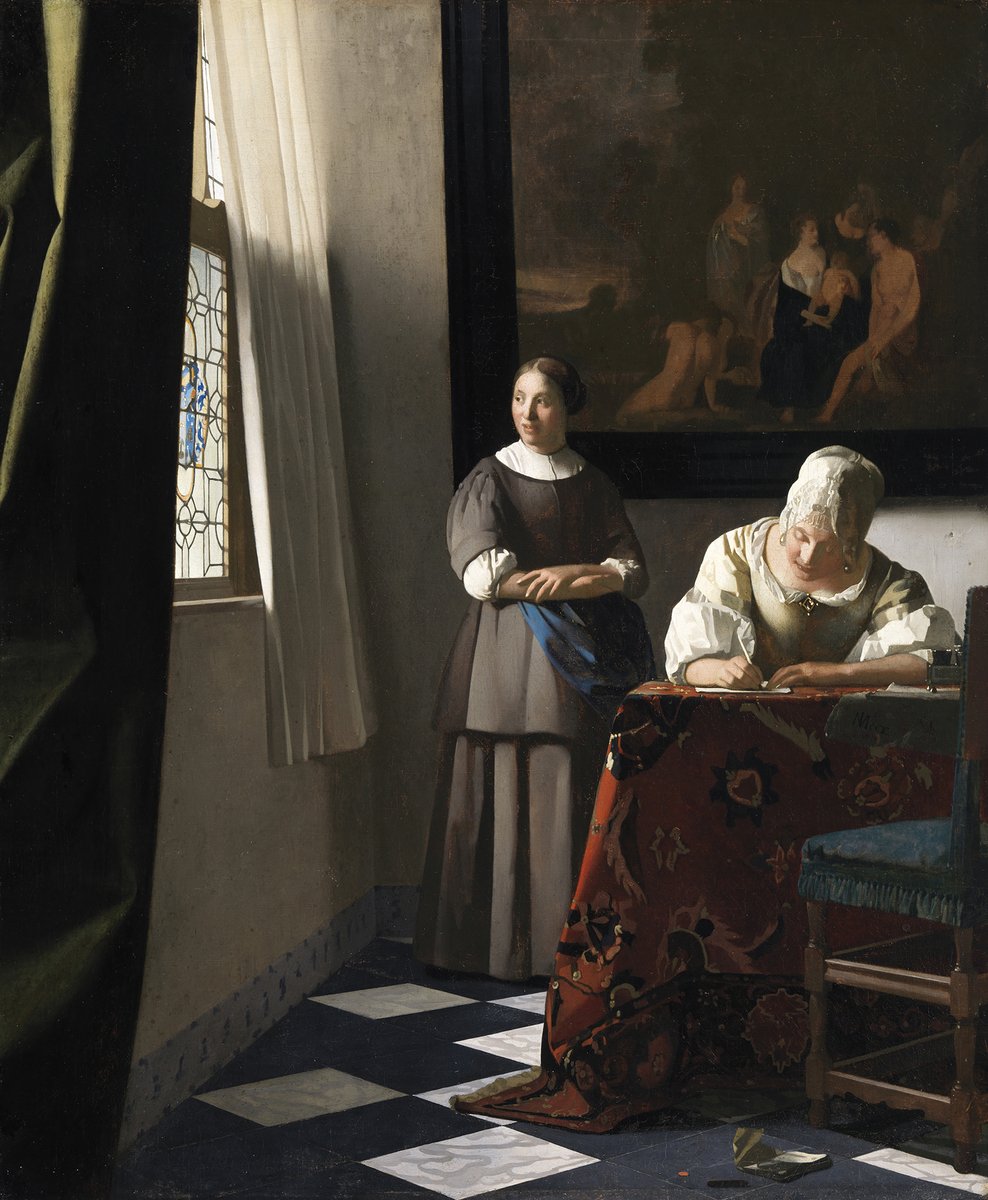
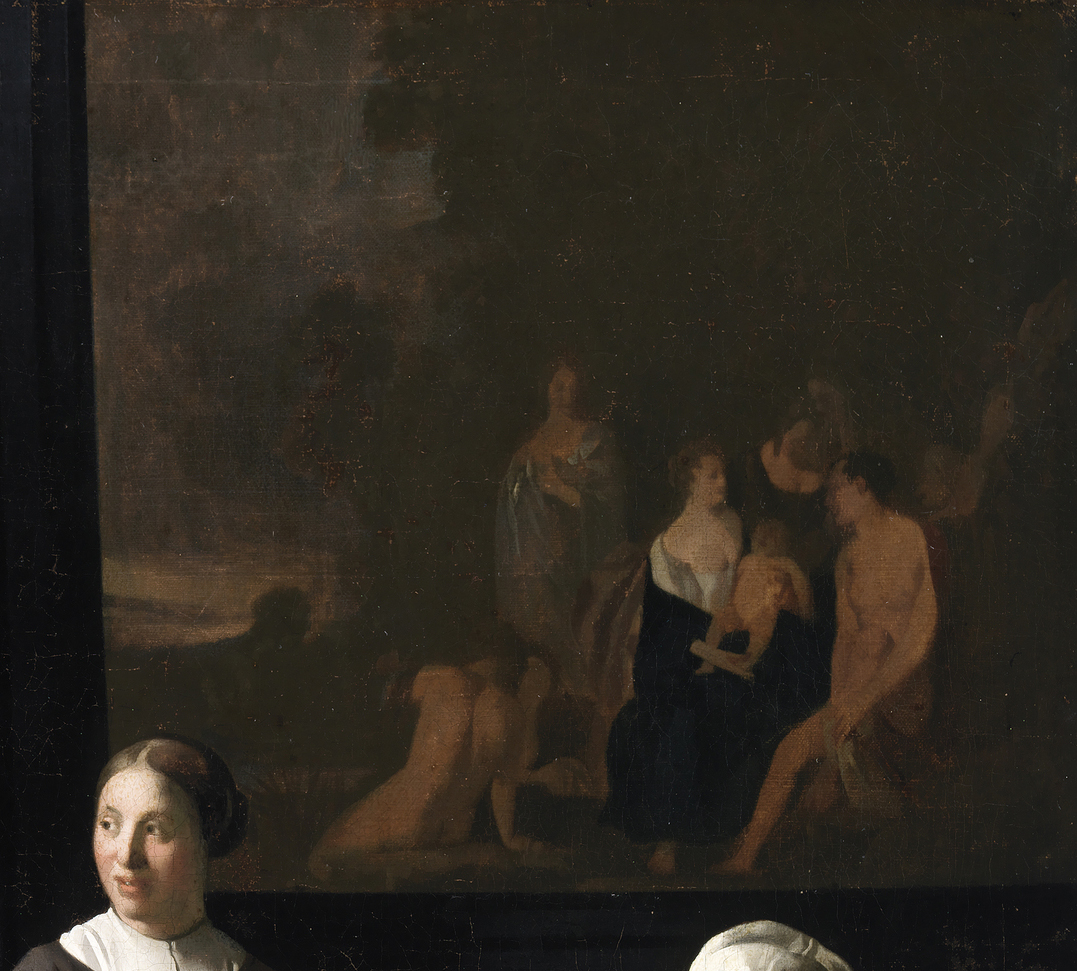
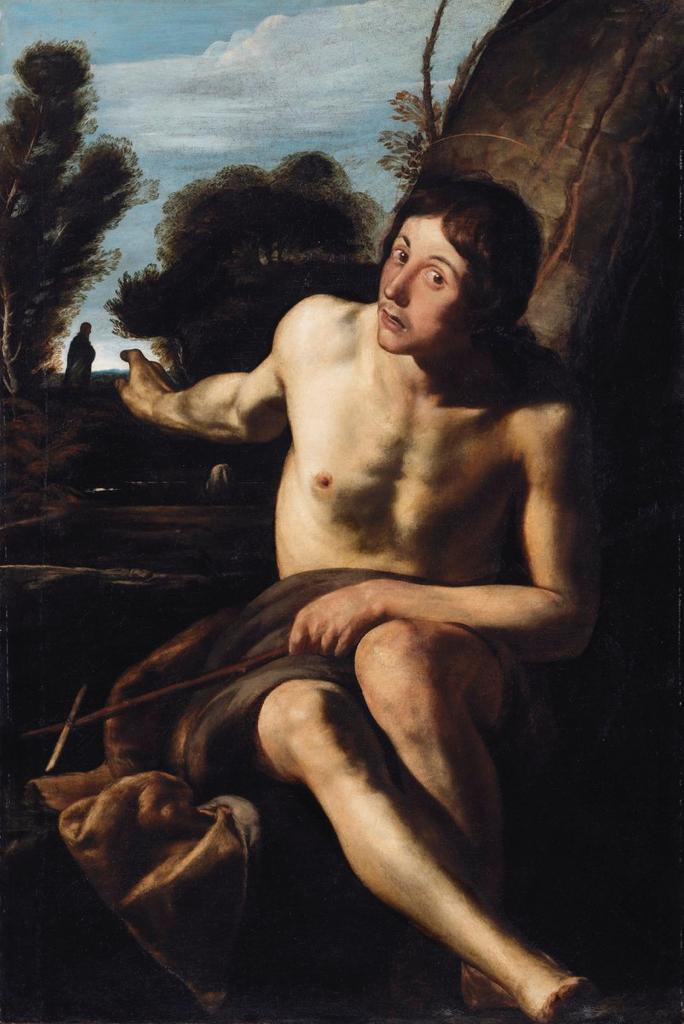
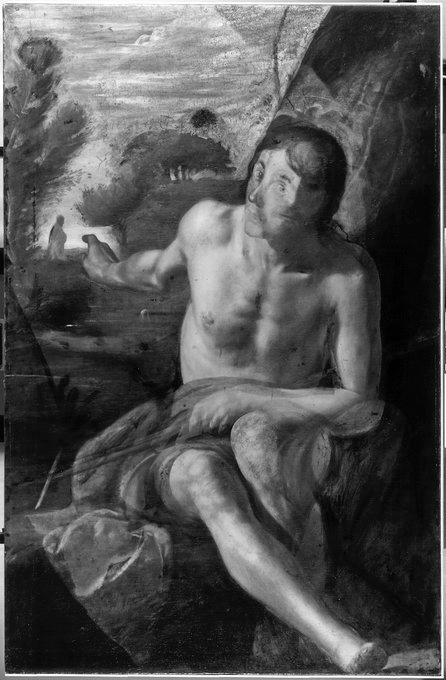
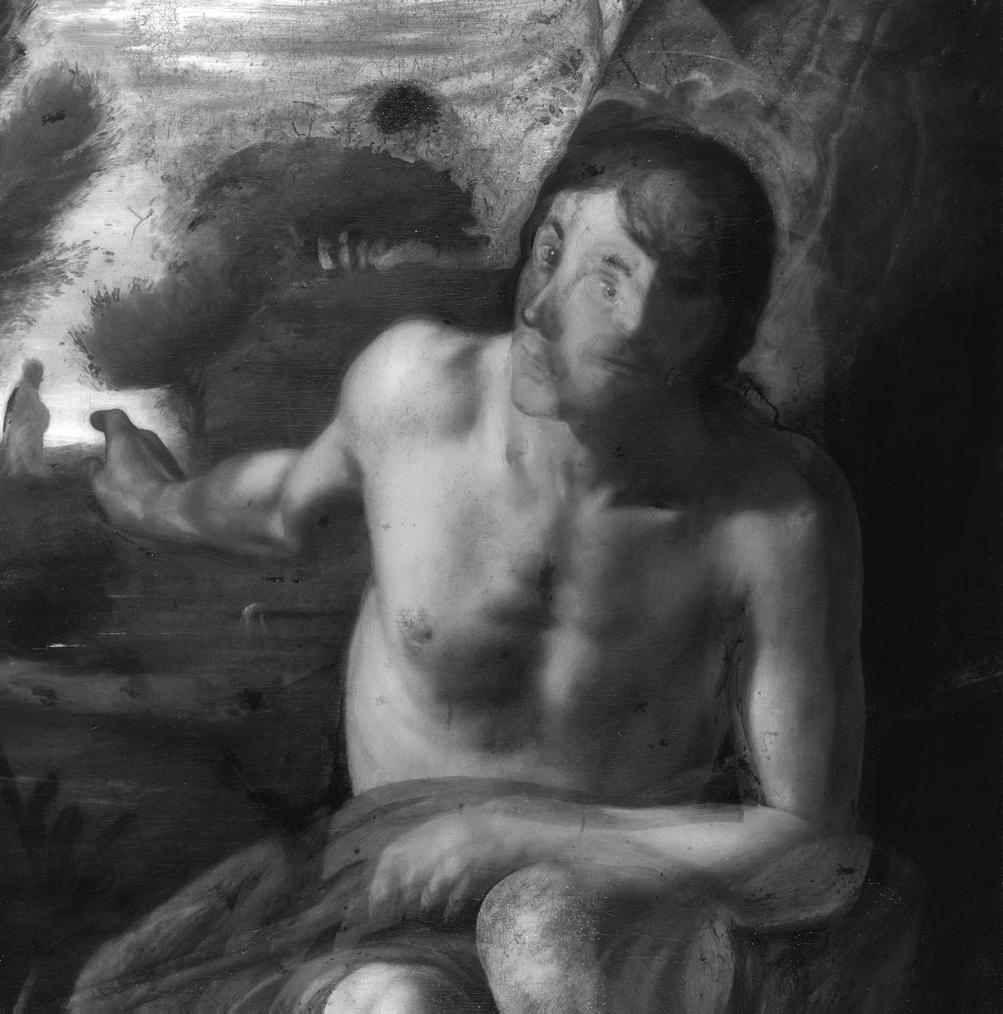
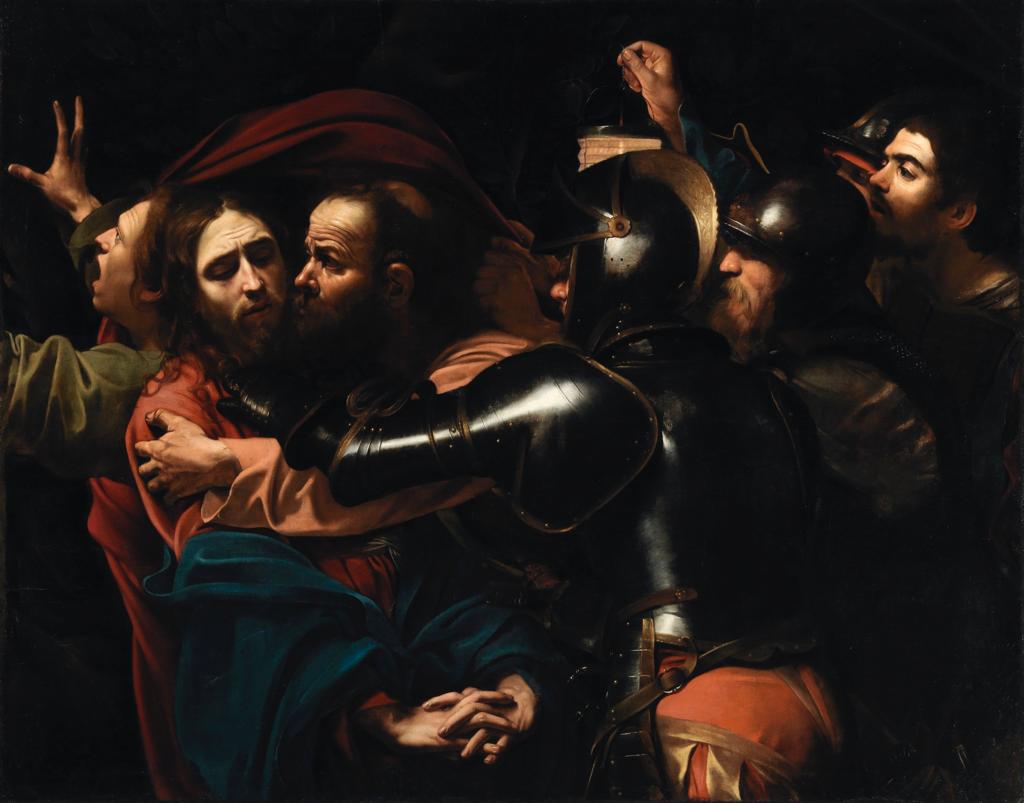 See how Caravaggio has included himself as an observer, a device he often used in his paintings!" title="Speaking of Caravaggio, we& #39;ll be looking more closely at his painting The Taking of Christ tomorrow, but it has a very well-known #EasterEgg we wanted to share with you now. https://abs.twimg.com/emoji/v2/... draggable="false" alt="👀" title="Augen" aria-label="Emoji: Augen">See how Caravaggio has included himself as an observer, a device he often used in his paintings!">
See how Caravaggio has included himself as an observer, a device he often used in his paintings!" title="Speaking of Caravaggio, we& #39;ll be looking more closely at his painting The Taking of Christ tomorrow, but it has a very well-known #EasterEgg we wanted to share with you now. https://abs.twimg.com/emoji/v2/... draggable="false" alt="👀" title="Augen" aria-label="Emoji: Augen">See how Caravaggio has included himself as an observer, a device he often used in his paintings!">
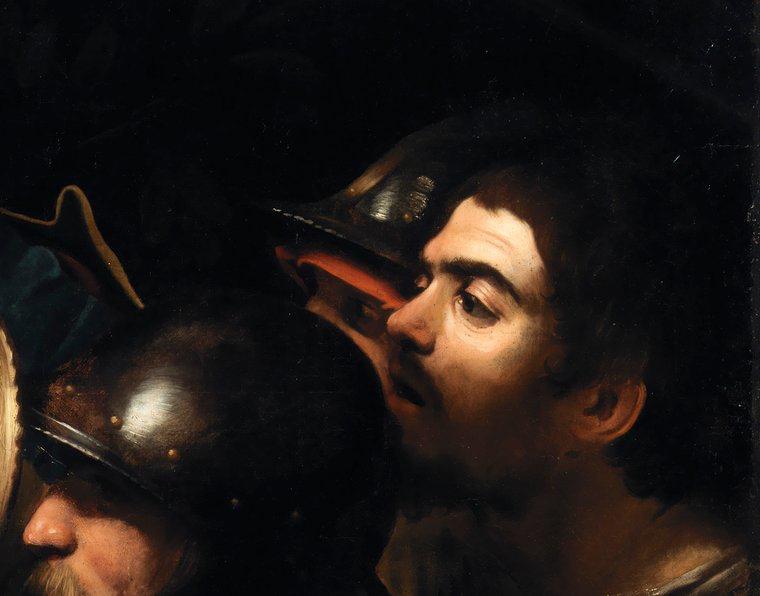 See how Caravaggio has included himself as an observer, a device he often used in his paintings!" title="Speaking of Caravaggio, we& #39;ll be looking more closely at his painting The Taking of Christ tomorrow, but it has a very well-known #EasterEgg we wanted to share with you now. https://abs.twimg.com/emoji/v2/... draggable="false" alt="👀" title="Augen" aria-label="Emoji: Augen">See how Caravaggio has included himself as an observer, a device he often used in his paintings!">
See how Caravaggio has included himself as an observer, a device he often used in his paintings!" title="Speaking of Caravaggio, we& #39;ll be looking more closely at his painting The Taking of Christ tomorrow, but it has a very well-known #EasterEgg we wanted to share with you now. https://abs.twimg.com/emoji/v2/... draggable="false" alt="👀" title="Augen" aria-label="Emoji: Augen">See how Caravaggio has included himself as an observer, a device he often used in his paintings!">
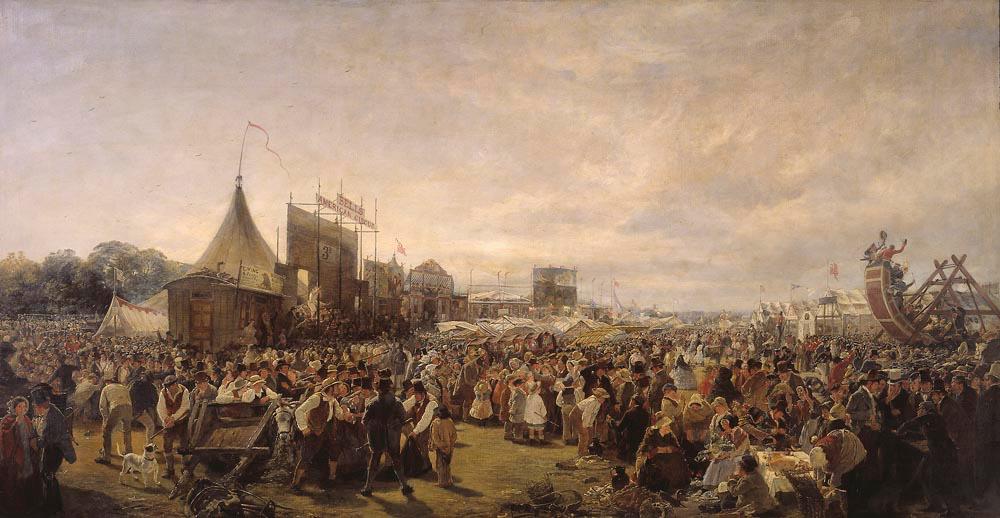
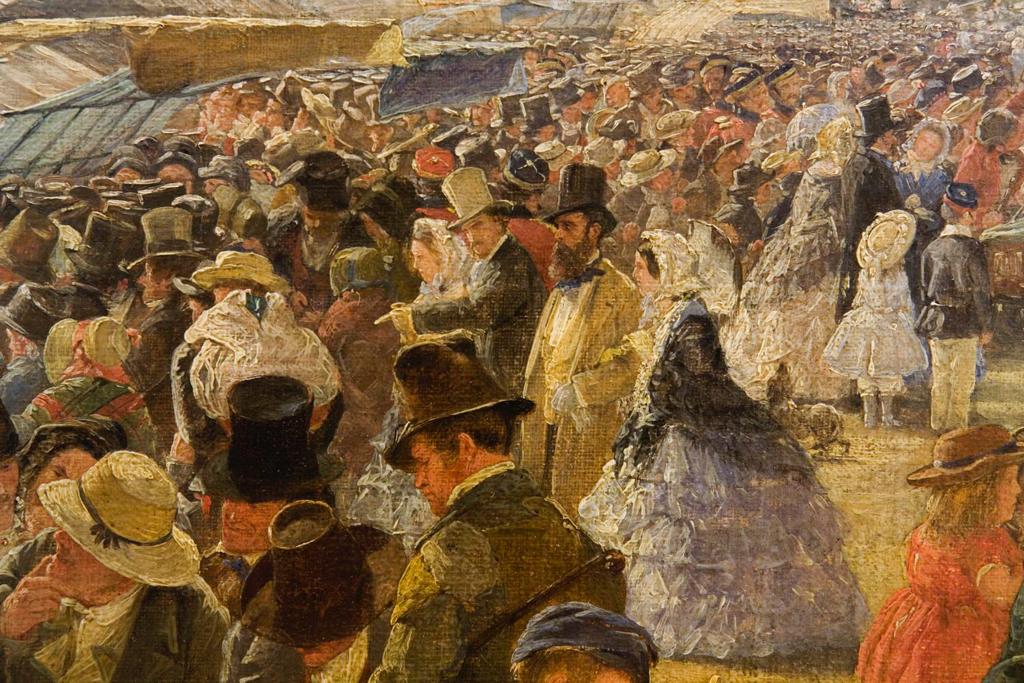
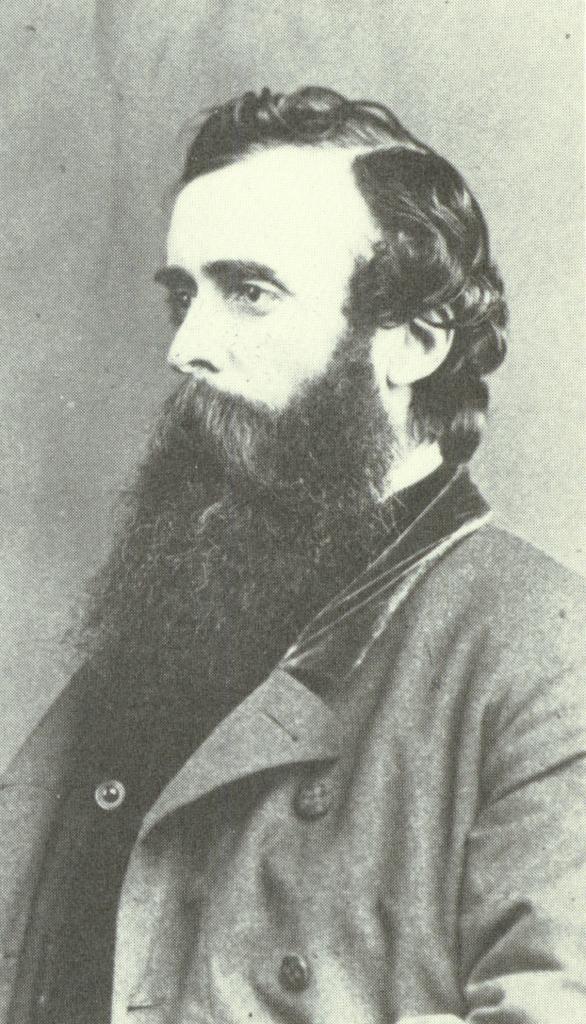
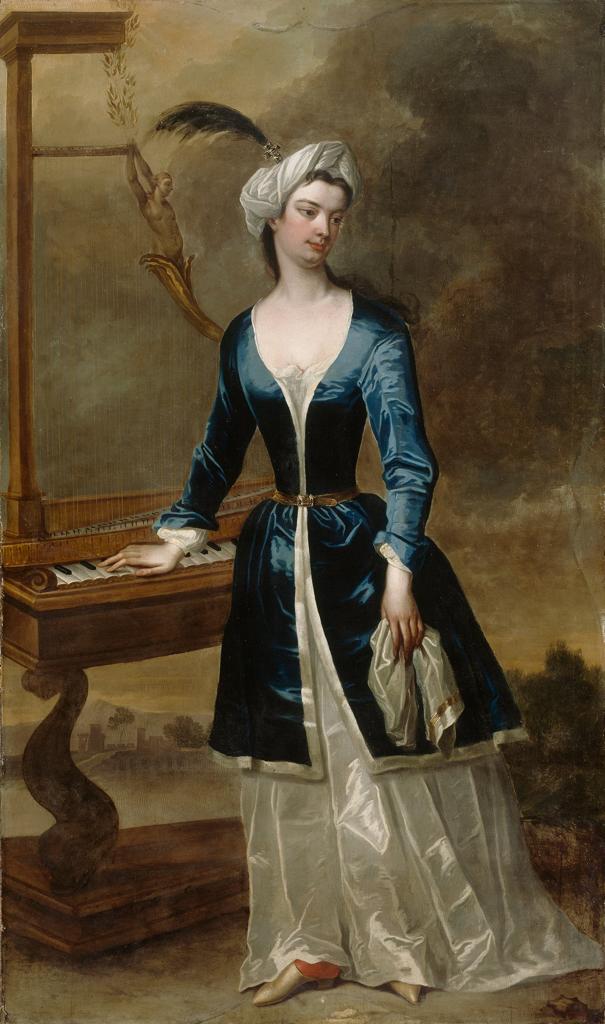
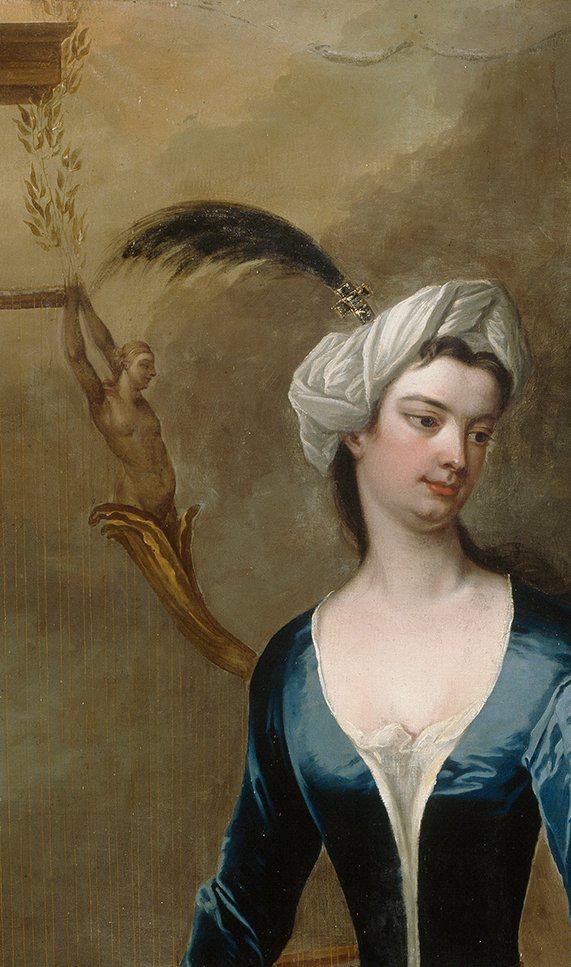
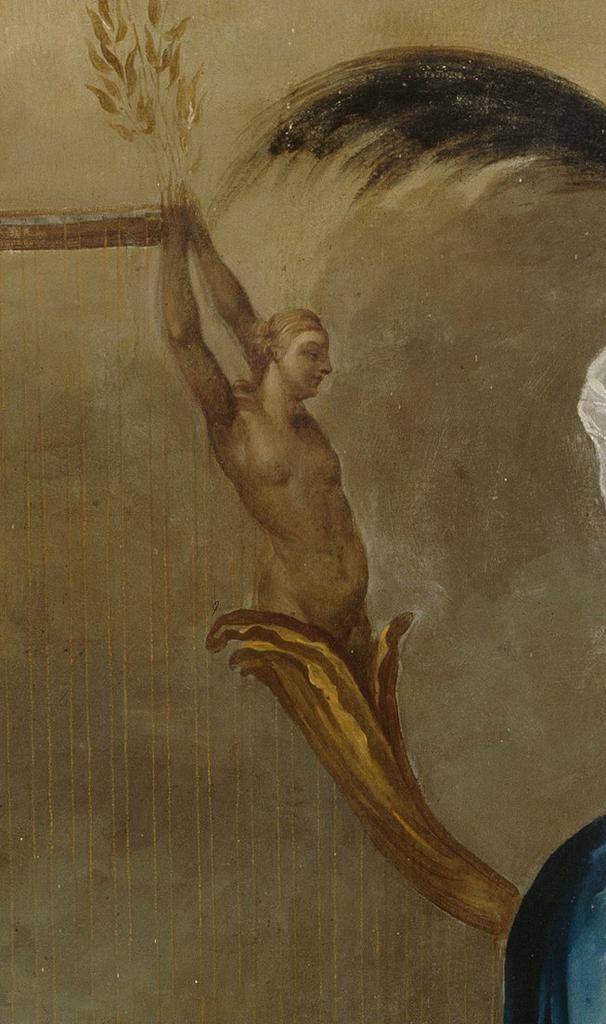
![Next, a very quick guide to recognising your saints [in art]. Artists often include clues as a shorthand to identify different saints - can you tell which saints these are by the symbols or attributes the artists have included? Next, a very quick guide to recognising your saints [in art]. Artists often include clues as a shorthand to identify different saints - can you tell which saints these are by the symbols or attributes the artists have included?](https://pbs.twimg.com/media/Ex0YZu5WYAEES9u.jpg)
![Next, a very quick guide to recognising your saints [in art]. Artists often include clues as a shorthand to identify different saints - can you tell which saints these are by the symbols or attributes the artists have included? Next, a very quick guide to recognising your saints [in art]. Artists often include clues as a shorthand to identify different saints - can you tell which saints these are by the symbols or attributes the artists have included?](https://pbs.twimg.com/media/Ex0Yb9HWYAAsD_W.jpg)
![Next, a very quick guide to recognising your saints [in art]. Artists often include clues as a shorthand to identify different saints - can you tell which saints these are by the symbols or attributes the artists have included? Next, a very quick guide to recognising your saints [in art]. Artists often include clues as a shorthand to identify different saints - can you tell which saints these are by the symbols or attributes the artists have included?](https://pbs.twimg.com/media/Ex0YdLgWQAMYIYH.jpg)
![Next, a very quick guide to recognising your saints [in art]. Artists often include clues as a shorthand to identify different saints - can you tell which saints these are by the symbols or attributes the artists have included? Next, a very quick guide to recognising your saints [in art]. Artists often include clues as a shorthand to identify different saints - can you tell which saints these are by the symbols or attributes the artists have included?](https://pbs.twimg.com/media/Ex0YeacWYAQKR2o.jpg)
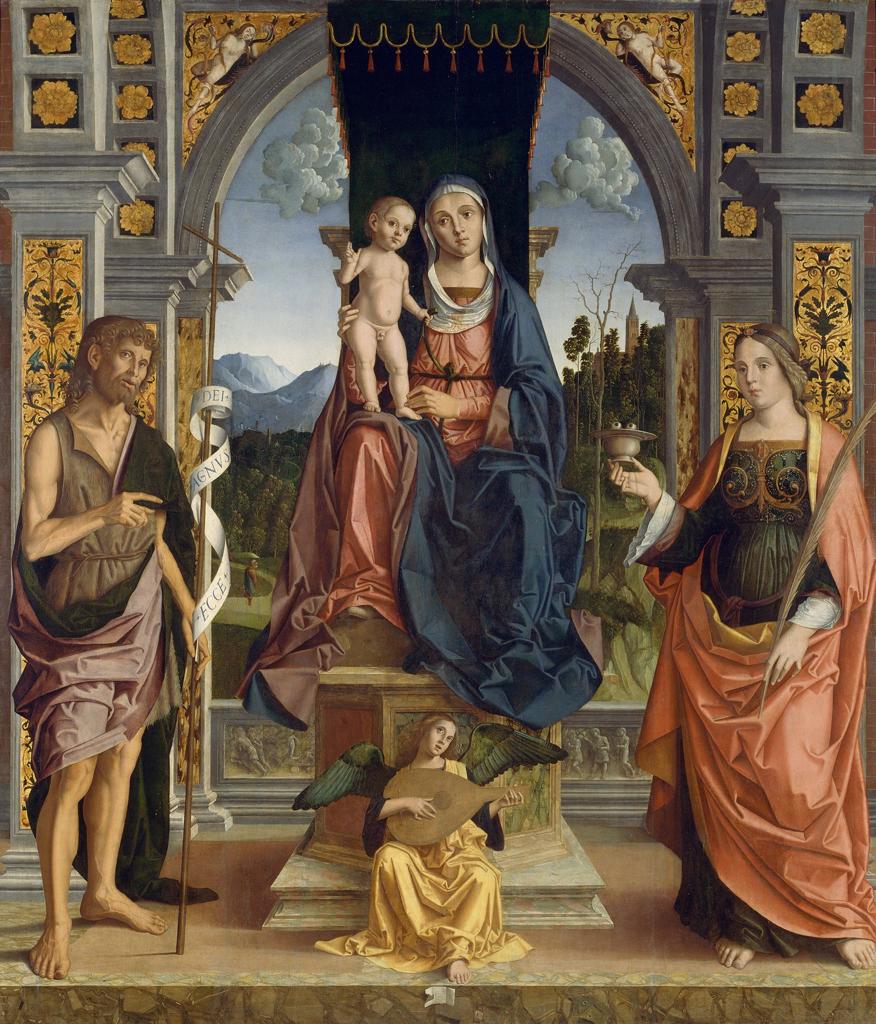
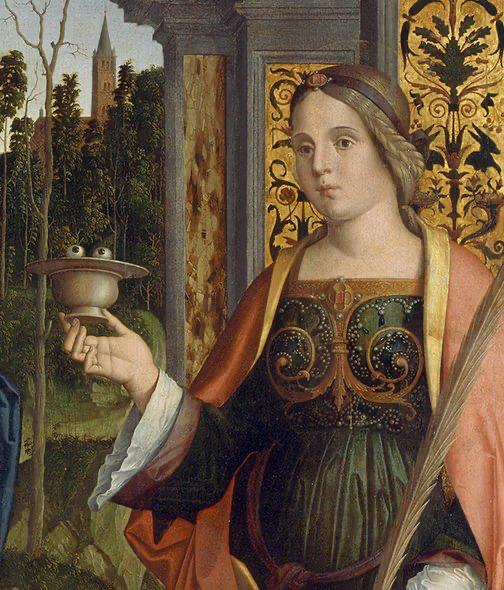
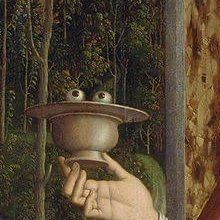
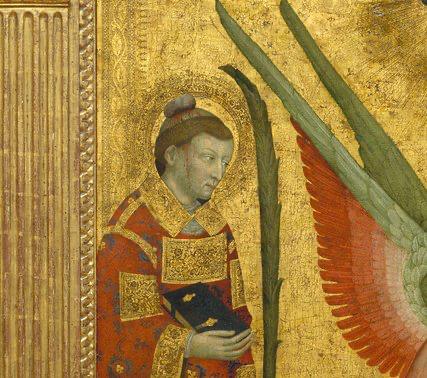
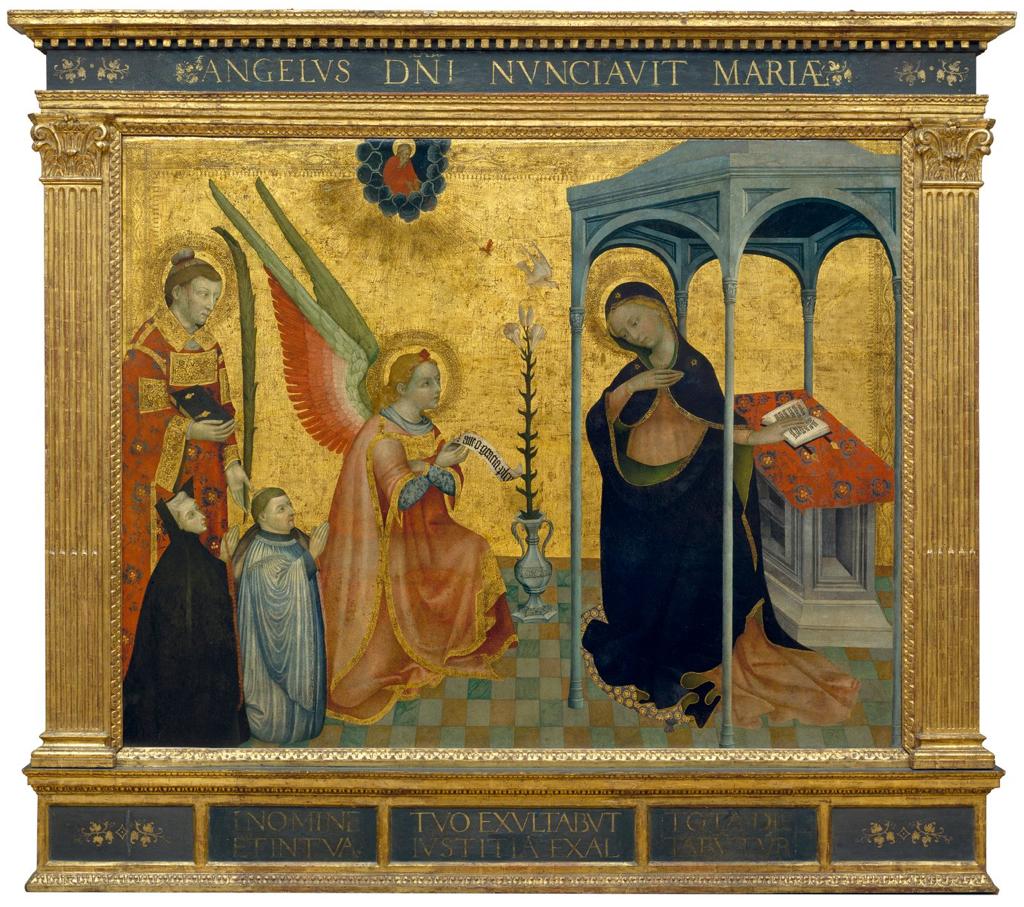
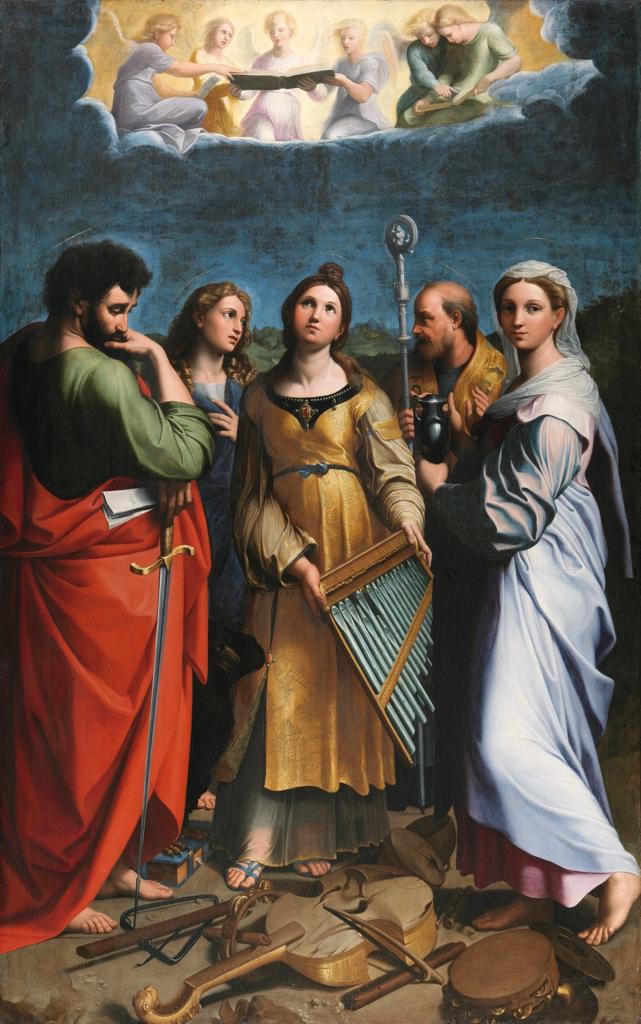
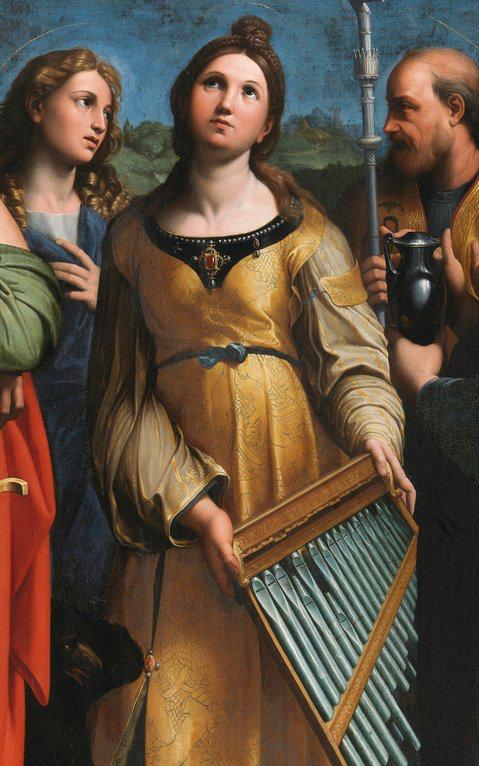
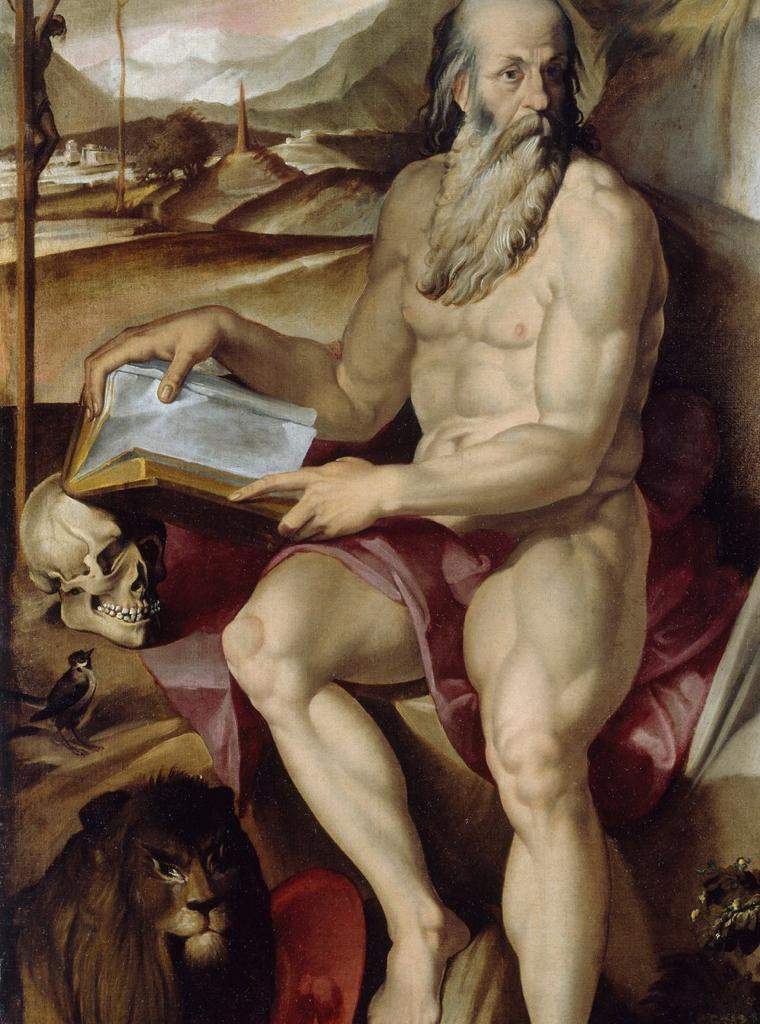
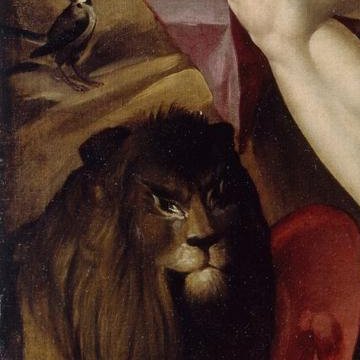
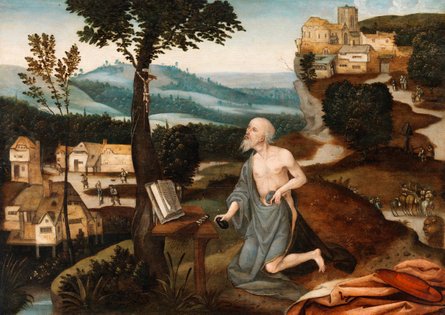 https://onlinecollection.nationalgallery.ie/objects/3..." title="For the sake of balance, here& #39;s a slightly less gym-honed Saint Jerome, with that tell-tale lion in the corner. https://abs.twimg.com/emoji/v2/... draggable="false" alt="🦁" title="Löwengesicht" aria-label="Emoji: Löwengesicht"> https://onlinecollection.nationalgallery.ie/objects/3...">
https://onlinecollection.nationalgallery.ie/objects/3..." title="For the sake of balance, here& #39;s a slightly less gym-honed Saint Jerome, with that tell-tale lion in the corner. https://abs.twimg.com/emoji/v2/... draggable="false" alt="🦁" title="Löwengesicht" aria-label="Emoji: Löwengesicht"> https://onlinecollection.nationalgallery.ie/objects/3...">
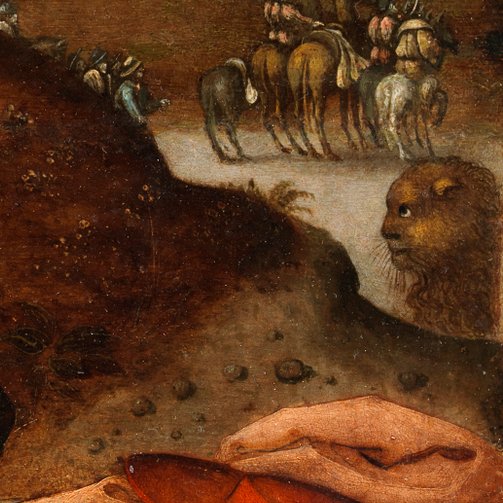 https://onlinecollection.nationalgallery.ie/objects/3..." title="For the sake of balance, here& #39;s a slightly less gym-honed Saint Jerome, with that tell-tale lion in the corner. https://abs.twimg.com/emoji/v2/... draggable="false" alt="🦁" title="Löwengesicht" aria-label="Emoji: Löwengesicht"> https://onlinecollection.nationalgallery.ie/objects/3...">
https://onlinecollection.nationalgallery.ie/objects/3..." title="For the sake of balance, here& #39;s a slightly less gym-honed Saint Jerome, with that tell-tale lion in the corner. https://abs.twimg.com/emoji/v2/... draggable="false" alt="🦁" title="Löwengesicht" aria-label="Emoji: Löwengesicht"> https://onlinecollection.nationalgallery.ie/objects/3...">
